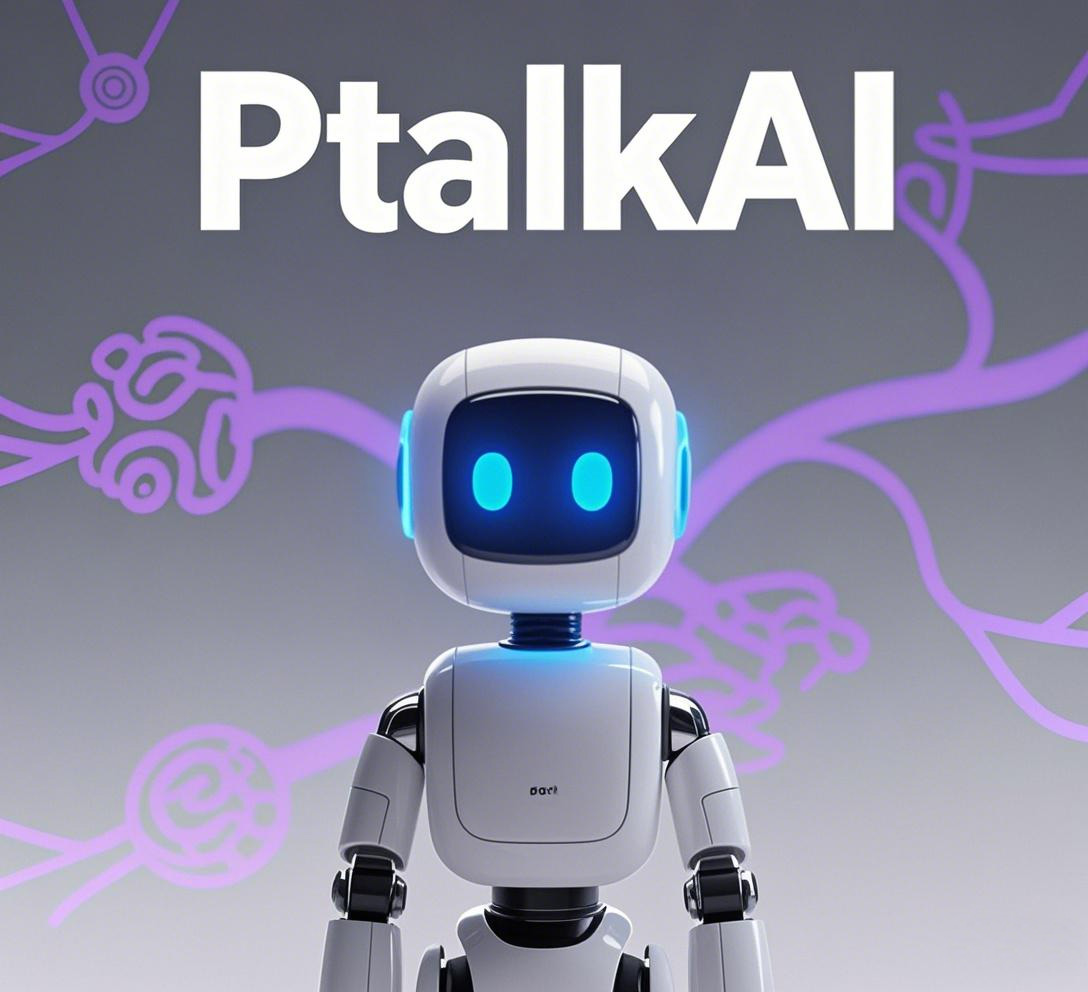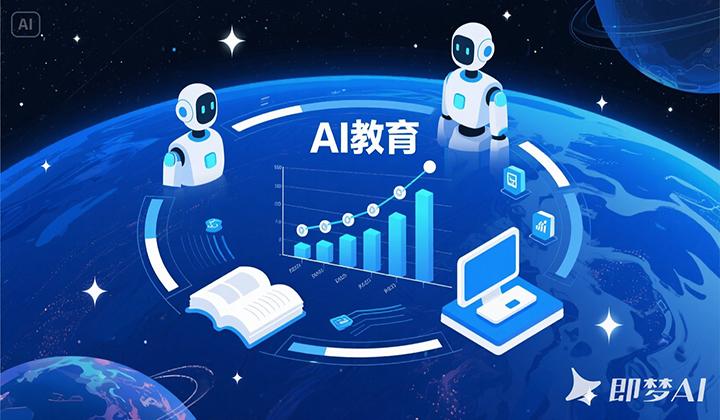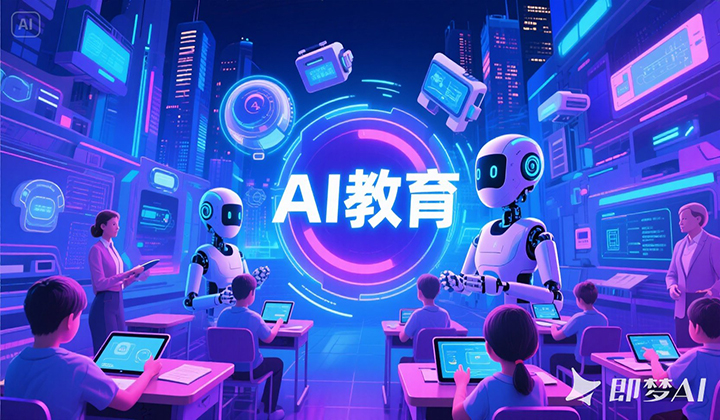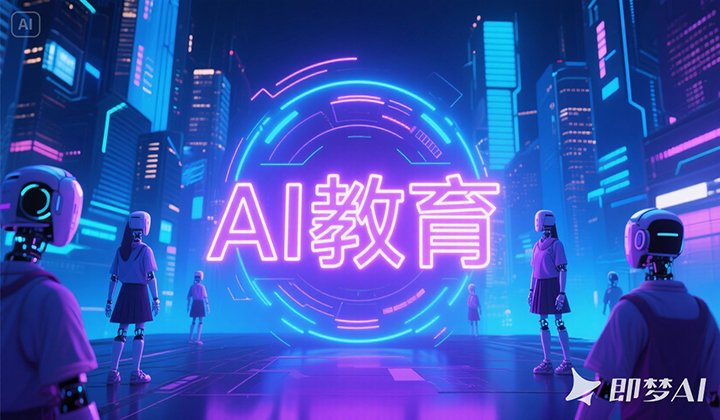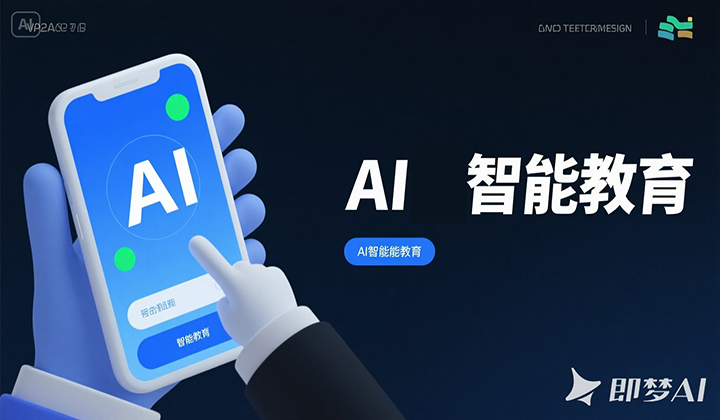Technical Architecture and Implementation Path of Scenario-based AI Solutions
The successful implementation of scenario-based AI solutions relies on a robust technical architecture and a well-defined implementation path. Understanding these elements is crucial for organizations looking to leverage AI effectively in specific scenarios.
At the core of scenario-based AI solutions is data collection and preprocessing. Data is the fuel for AI algorithms, and high-quality data is essential for accurate results. In different scenarios, data can come from various sources, such as sensors, databases, user interactions, and external data feeds. For example, in a smart city traffic management scenario, data may be collected from traffic cameras, roadside sensors, and GPS devices installed in vehicles. Once collected, the data needs to be preprocessed, which includes cleaning to remove noise and errors, normalizing data formats, and transforming data into a suitable structure for analysis. Data preprocessing ensures that the AI algorithms receive reliable and consistent input.
The next important layer is the algorithm and model development. Depending on the specific requirements of the scenario, different types of AI algorithms are employed. Machine learning algorithms, including supervised learning, unsupervised learning, and reinforcement learning, are commonly used. In a fraud detection scenario in the financial industry, supervised learning algorithms are trained on historical transaction data labeled as fraudulent or legitimate. These algorithms learn patterns and characteristics associated with fraud and can then predict the likelihood of new transactions being fraudulent. Deep learning, a subset of machine learning, is particularly effective in handling complex data, such as images and speech. For instance, in a healthcare scenario for medical image diagnosis, deep neural networks can analyze X-rays, MRIs, and CT scans to identify diseases. Developing these algorithms requires expertise in data science, mathematics, and programming, as well as access to powerful computing resources for training the models.
Model deployment and integration are also critical steps in implementing scenario-based AI solutions. Once the models are developed and tested, they need to be deployed into real-world systems. This involves integrating the AI models with existing business applications, databases, and infrastructure. In an e-commerce recommendation system, for example, the AI model for product recommendations needs to be integrated with the e-commerce website's backend system, so that it can access customer browsing and purchase data in real-time and generate personalized recommendations for each user. Deployment also requires considerations for scalability, performance, and security. Cloud computing platforms are often used for model deployment as they offer flexibility, scalability, and high availability.
Continuous monitoring and improvement are essential for the long-term success of scenario-based AI solutions. AI models need to be monitored in real-time to ensure their performance remains optimal. Metrics such as accuracy, precision, recall, and latency are tracked regularly. If the model's performance deteriorates over time, it may be due to changes in the data distribution (concept drift) or the emergence of new patterns. In such cases, the model needs to be retrained using updated data. Additionally, user feedback is valuable for improving the AI solution. For example, in a customer service chatbot scenario, user satisfaction ratings and feedback on the chatbot's responses can be used to fine-tune the model, making it more accurate and user-friendly. Overall, a comprehensive approach to technical architecture and implementation, combined with continuous optimization, is the key to the successful application of scenario-based AI solutions.






